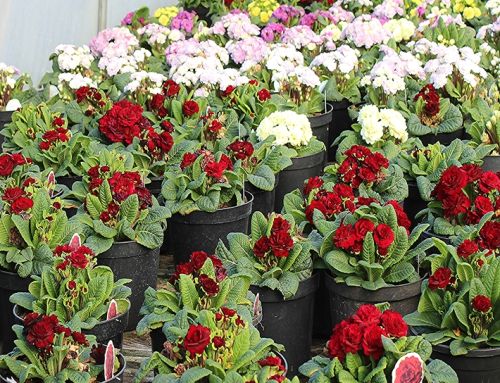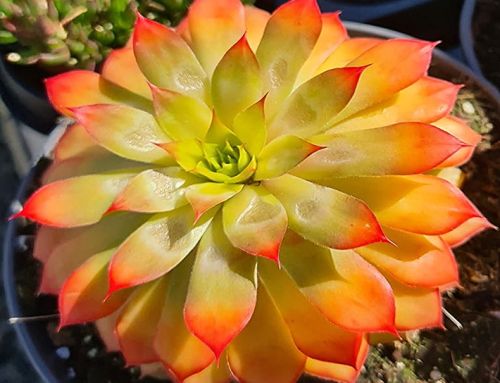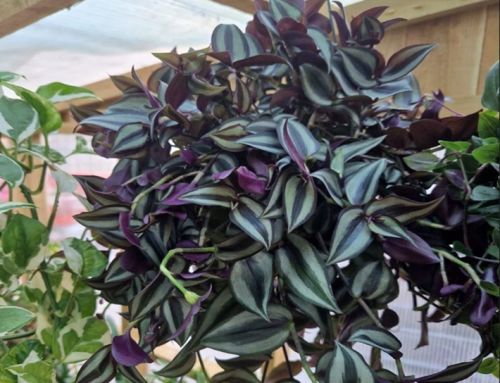Viola odorata also known as Sweet Violet
We have all had a tough year, and the winter has seemed very long, grey, and drab. One of the best pick-me-ups in my opinion is the joys of nature, however this year that has not really helped. Wherever I looked, everything had hues of greys and browns. Therefore, as we approach spring I can feel the excitement brewing. I know that before too long the first little signs of spring will start to appear. One of the first to appear is Viola odorata, although they are not obvious to spot. You will find them among the fallen leaves of a woodland or at the base of a hedgerow. It is quite unbelievable that these small, delicate blooms appear when the weather is at its most fickle.
Viola odorata or ‘Sweet Violet’ is steeped in history. It was a favourite in ancient Greece and was the symbol of Athens. It was  also the emblem of Aphrodite and of her son Priapus, the god of gardens and generations. Napoleon and Josephine adored them, and when Napoleon died pressed violets from Josephine’s grave were found in his locket. In the first half of the 20th Century, the growth and production of violets were at their peak in Dorset, Devon and Cornwall. The Violets of this area were cultivated in walled flower fields, called quillets, before being sent off to Covent Garden Market. Whilst in France, the quest for superior varieties with strong perfume, large flowers and long stems led to a surge in plant breeding.
also the emblem of Aphrodite and of her son Priapus, the god of gardens and generations. Napoleon and Josephine adored them, and when Napoleon died pressed violets from Josephine’s grave were found in his locket. In the first half of the 20th Century, the growth and production of violets were at their peak in Dorset, Devon and Cornwall. The Violets of this area were cultivated in walled flower fields, called quillets, before being sent off to Covent Garden Market. Whilst in France, the quest for superior varieties with strong perfume, large flowers and long stems led to a surge in plant breeding.
Legend has it that a person can only smell the scent of violets once, as the steal your sense of smell. Obviously this in not true, but it comes from the fact that beta-ionone, a chemical contained in them temporarily switches off smell receptors.
Growing Sweet Violets
 We have a variety of Viola odoratas plants available to purchase at the nursery every year or you can grow your own from seed. Growing from seed is a straightforward process but for best results, the seed needs to be fresh. Sow the seeds into a tray, pot or seed bed in the autumn and keep in a shady part of the garden. Cover with glass to protect and water regularly to keep the soil moist. The seeds will germinate in one to two months. Once the last frosts of spring have passed you can then transplant the young plants into a partially shaded area of the garden planting about 15-20 cms (6-8”) apart. Just like strawberries, Viola odoratas spread using runners, and they will form roots wherever they meet soil, forming neat clumps (not drifts). It is best to remove these runners during spring as it diverts their energy from producing flowers.
We have a variety of Viola odoratas plants available to purchase at the nursery every year or you can grow your own from seed. Growing from seed is a straightforward process but for best results, the seed needs to be fresh. Sow the seeds into a tray, pot or seed bed in the autumn and keep in a shady part of the garden. Cover with glass to protect and water regularly to keep the soil moist. The seeds will germinate in one to two months. Once the last frosts of spring have passed you can then transplant the young plants into a partially shaded area of the garden planting about 15-20 cms (6-8”) apart. Just like strawberries, Viola odoratas spread using runners, and they will form roots wherever they meet soil, forming neat clumps (not drifts). It is best to remove these runners during spring as it diverts their energy from producing flowers.
Caring for Sweet Violets
 Whenever we plant it is always best to try to re-create the plants natural habitat, so a dappled woodland garden
Whenever we plant it is always best to try to re-create the plants natural habitat, so a dappled woodland garden or under shrubs or hedgerows is a perfect location. They like a moist soil so need watering regularly and mulching. Ideally, they will grow best in a rich soil enhanced with rotted manure. Dead head to prolong their flowering period. Once flowering has finished cut them back to the ground.
or under shrubs or hedgerows is a perfect location. They like a moist soil so need watering regularly and mulching. Ideally, they will grow best in a rich soil enhanced with rotted manure. Dead head to prolong their flowering period. Once flowering has finished cut them back to the ground.











